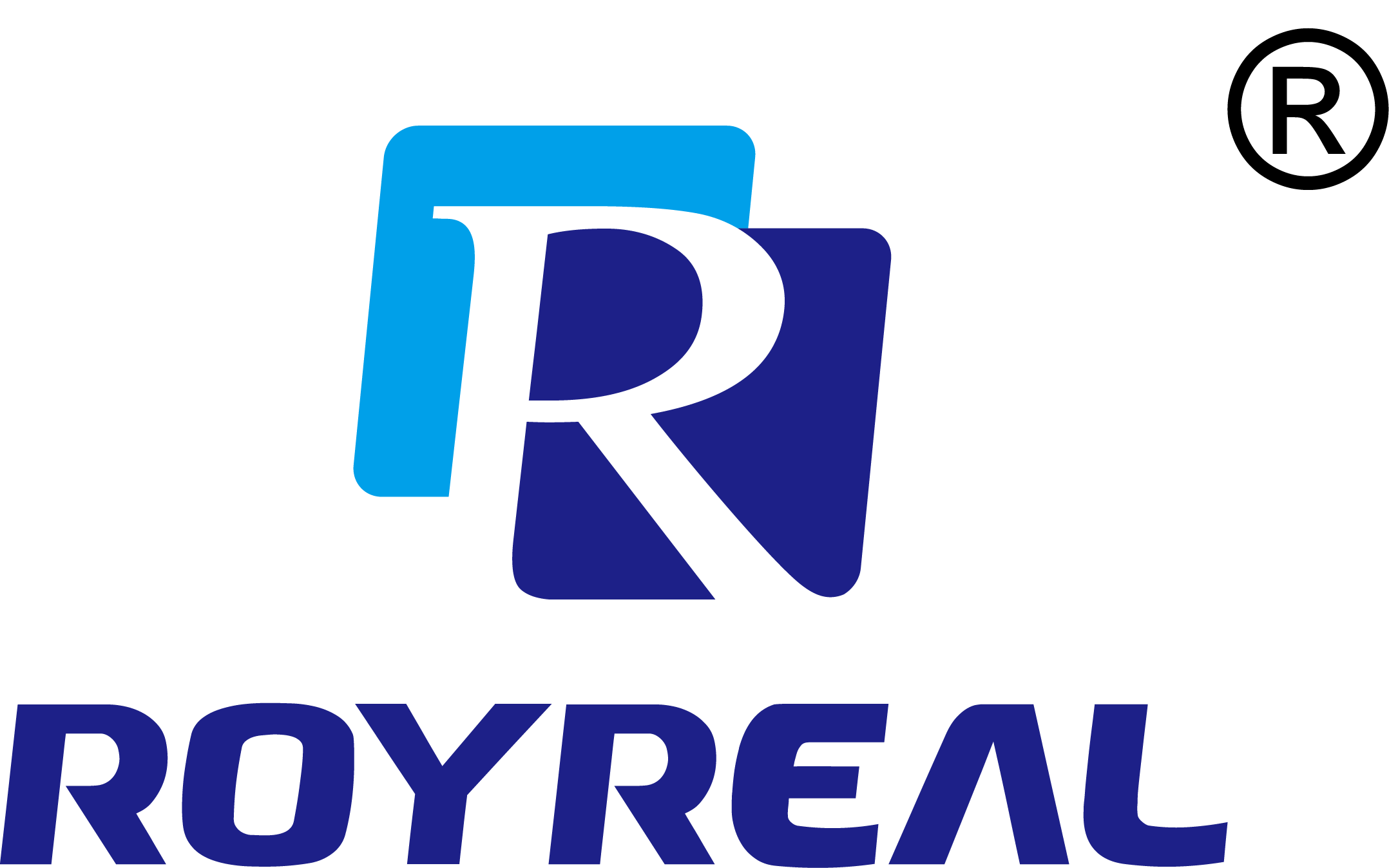The Benefits of Non-intrusive Wet Gas Metering Technology
Category: Industry News
Time:2024-12-09
Table of Contents:
1. Introduction to Non-intrusive Wet Gas Metering Technology
2. How Does Non-intrusive Wet Gas Metering Technology Work?
3. The Advantages of Non-intrusive Wet Gas Metering Technology
3.1 Enhanced Accuracy and Efficiency
3.2 Reduced Maintenance and Downtime
3.3 Cost Savings
3.4 Real-time Data Monitoring and Analysis
4. Frequently Asked Questions (FAQs)
4.1 How does non-intrusive wet gas metering technology differ from traditional gas metering methods?
4.2 Is non-intrusive wet gas metering technology suitable for all gas applications?
4.3 Can non-intrusive wet gas metering technology be retrofitted into existing gas infrastructure?
4.4 Are there any limitations or challenges associated with non-intrusive wet gas metering technology?
4.5 How can non-intrusive wet gas metering technology contribute to environmental sustainability?
5. Conclusion
1. Introduction to Non-intrusive Wet Gas Metering Technology
In the dynamic gas industry, accurate measurement and monitoring are crucial for efficient operations and energy management. Non-intrusive wet gas metering technology has emerged as a game-changer, offering significant advantages over traditional metering methods. This article explores the benefits of non-intrusive wet gas metering technology and its potential to revolutionize the gas industry.
2. How Does Non-intrusive Wet Gas Metering Technology Work?
Non-intrusive wet gas metering technology utilizes advanced ultrasonic sensors to measure the flow of wet gas without physically interfering with the pipeline. By employing ultrasonic transit-time principle, this technology can accurately determine the volume and composition of wet gas, even in challenging conditions.
3. The Advantages of Non-intrusive Wet Gas Metering Technology
3.1 Enhanced Accuracy and Efficiency
Non-intrusive wet gas metering technology offers unparalleled accuracy in measuring gas flow rates, regardless of the gas composition, temperature, or pressure. By eliminating the need for physical intrusion into the pipeline, this technology minimizes measurement errors and ensures precise data for energy calculations and billing. Additionally, the non-intrusive nature of the technology reduces pressure drop, resulting in improved efficiency and energy savings.
3.2 Reduced Maintenance and Downtime
Traditional gas metering methods often require frequent maintenance, calibration, and downtime for servicing. Non-intrusive wet gas metering technology eliminates these inconveniences by eliminating moving parts and reducing wear and tear. With fewer components to maintain, operators can enjoy increased reliability and reduced downtime, resulting in enhanced productivity and cost savings.
3.3 Cost Savings
By eliminating the need for intrusive installations, non-intrusive wet gas metering technology significantly reduces installation costs compared to traditional metering systems. The non-intrusive sensors can be easily retrofitted into existing pipelines, minimizing the need for expensive modifications or interruptions in gas supply. Moreover, the accurate measurement capabilities of this technology allow for precise gas allocation and billing, reducing revenue losses and improving profitability.
3.4 Real-time Data Monitoring and Analysis
Non-intrusive wet gas metering technology provides real-time data on gas flow rates, temperature, pressure, and composition. This wealth of information enables operators to monitor gas operations, identify potential issues, and optimize processes for enhanced performance and safety. With advanced analytics capabilities, operators can gain valuable insights to make data-driven decisions and improve overall gas management.
4. Frequently Asked Questions (FAQs)
4.1 How does non-intrusive wet gas metering technology differ from traditional gas metering methods?
The key difference lies in the non-intrusive nature of the technology. Unlike traditional methods that require physical intrusion into the pipeline, non-intrusive wet gas metering technology utilizes ultrasonic sensors to measure gas flow rates without contact. This eliminates the need for frequent maintenance, reduces measurement errors, and improves overall accuracy.
4.2 Is non-intrusive wet gas metering technology suitable for all gas applications?
Non-intrusive wet gas metering technology is suitable for a wide range of gas applications, including oil and gas production, transportation, distribution, and storage. Its versatility and accuracy make it an ideal solution for various gas industry sectors.
4.3 Can non-intrusive wet gas metering technology be retrofitted into existing gas infrastructure?
Yes, one of the significant advantages of non-intrusive wet gas metering technology is its ability to be retrofitted into existing gas infrastructure. The sensors can be easily installed without the need for extensive modifications, minimizing downtime and disruption to gas operations.
4.4 Are there any limitations or challenges associated with non-intrusive wet gas metering technology?
While non-intrusive wet gas metering technology offers numerous advantages, there are some limitations to consider. Extreme environmental conditions, such as high temperatures or corrosive gases, may affect the performance of the sensors. Additionally, initial capital investment for implementing this technology can be higher compared to traditional metering methods, although the long-term cost savings often outweigh the upfront expenses.
4.5 How can non-intrusive wet gas metering technology contribute to environmental sustainability?
Non-intrusive wet gas metering technology promotes environmental sustainability by minimizing methane emissions and optimizing gas operations. Accurate measurement and real-time data monitoring allow operators to detect and address leaks promptly, reducing greenhouse gas emissions and minimizing environmental impact.
5. Conclusion
Non-intrusive wet gas metering technology offers numerous benefits to the gas industry, from enhanced accuracy and efficiency to cost savings and environmental sustainability. With its non-intrusive nature and advanced measurement capabilities, this technology has the potential to revolutionize gas metering and pave the way for smarter and more sustainable gas management. Embracing this innovative solution can empower gas operators to optimize operations, improve profitability, and contribute to a greener future.
Keywords:
 EN
EN RU
RU SP
SP
